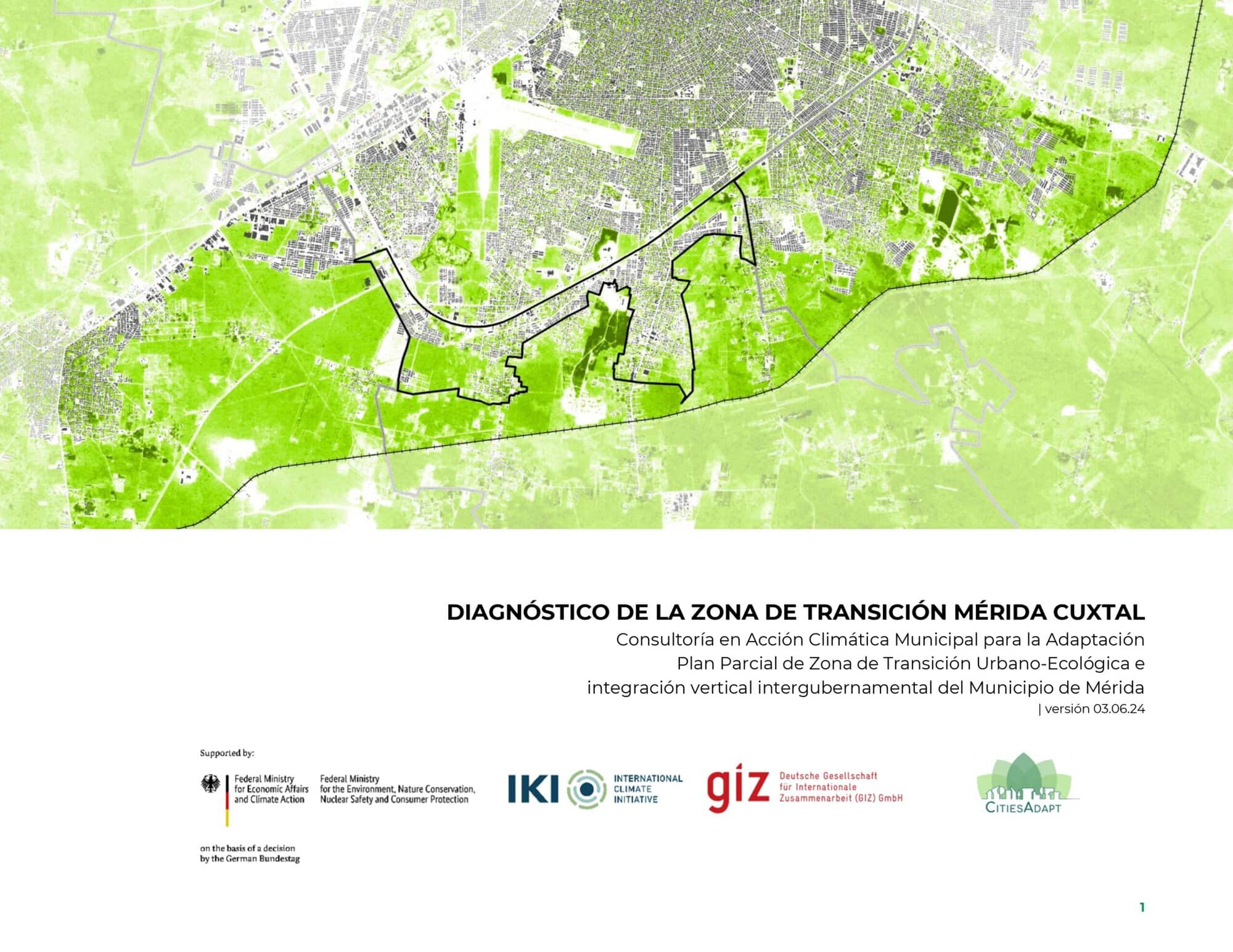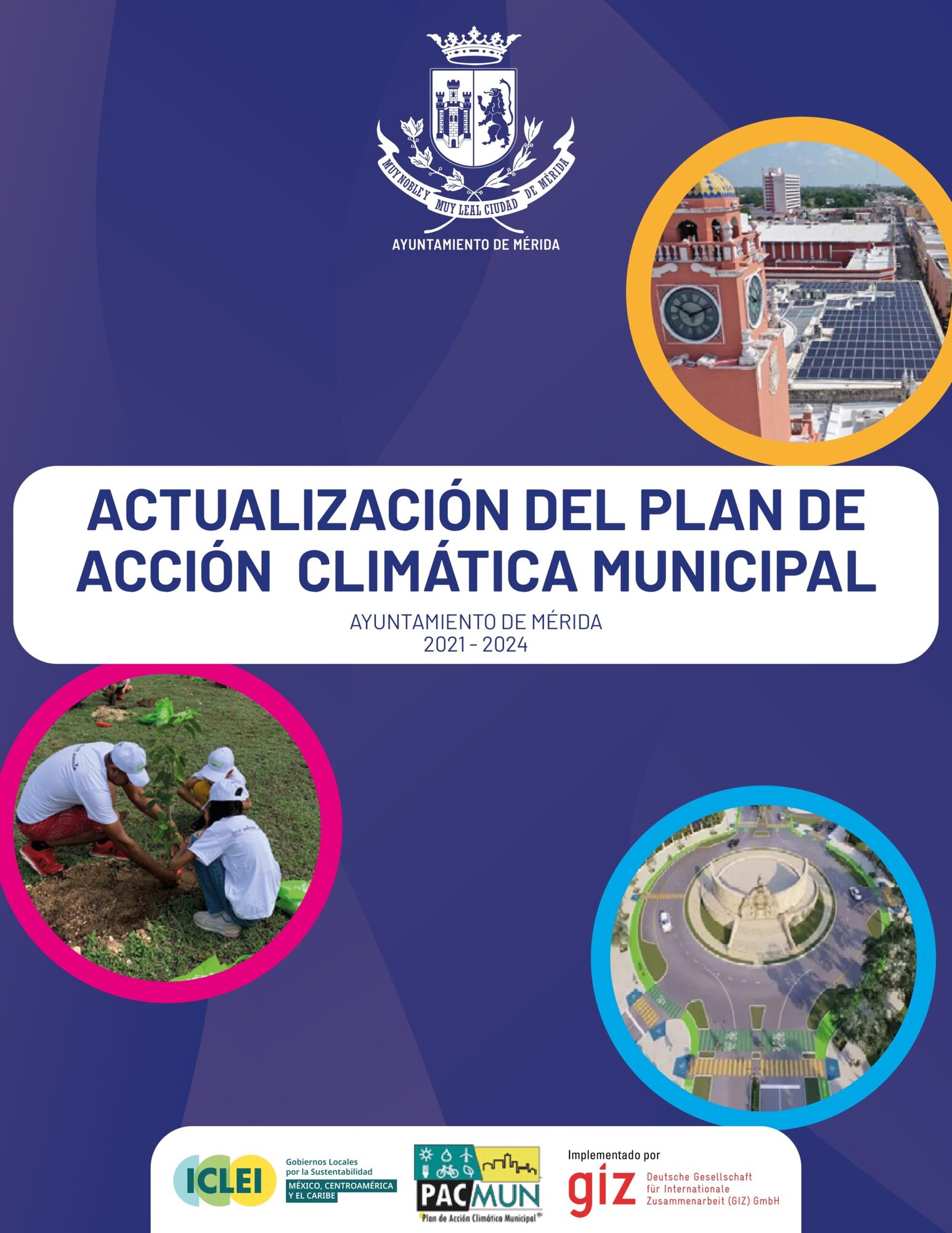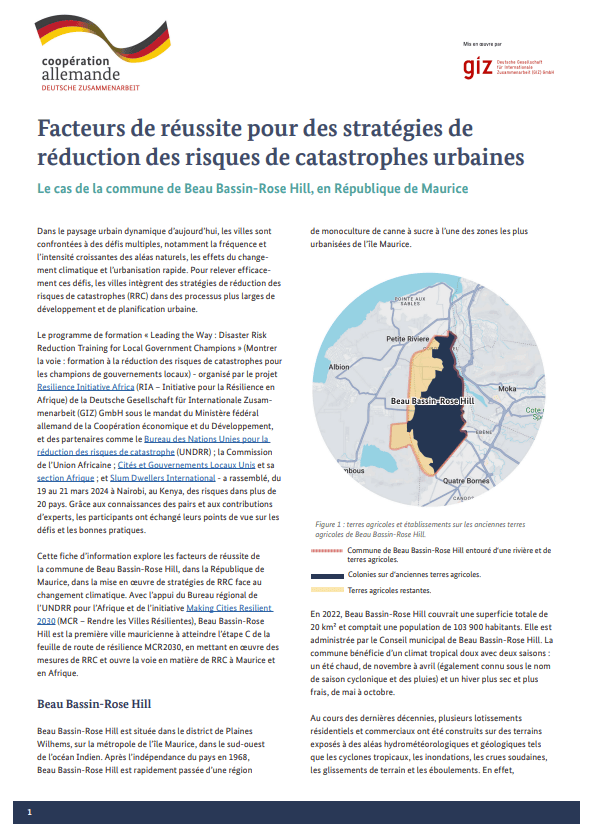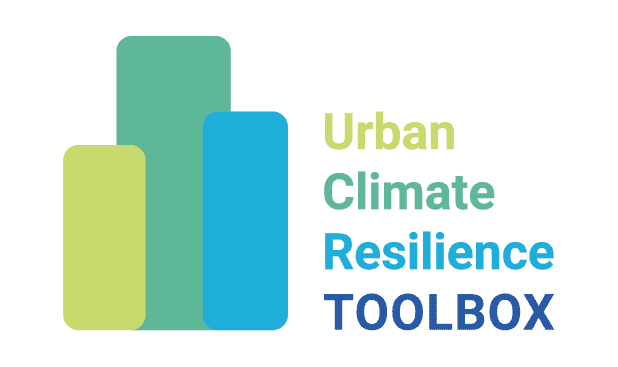Building resilience in cities to absorb, adapt to, and recover from Climate Change shocks and stresses
Building resilience in cities to absorb, adapt to, and recover from Climate Change shocks and stresses
The 21st century has witnessed increasing global urbanization with over half the world’s population now living in cities. While cities drive economic growth and innovation, they also face growing challenges from the impacts of climate change. Rising sea levels, more frequent and severe heatwaves, changing precipitation patterns, and stronger storms pose unique risks to urban areas. Consequently, urban climate resilience is a pivotal topic in shaping our cities’ future.
At its core, urban climate resilience refers to the ability of an urban system – and its components – to absorb, adapt to, and recover from the various shocks and stresses exacerbated by climate change, while ensuring the well-being of its inhabitants. It is a multidimensional concept that spans across infrastructure, social systems, and governance:
Within the field of climate change adaptation, the focus is on addressing climate-related hazards that pose a threat to urban functions and the corresponding adaptation strategies. Nevertheless, it can also consider other natural hazards (e.g., geological events) to provide cities with a comprehensive approach for managing a wide range of natural shocks and stresses.
Urban resilience is swiftly emerging as a critical and urgent topic in contemporary society. This growing importance can be attributed to several interconnected factors that shape the way cities function, evolve, and respond to various challenges.

Climate Change and Extreme Weather Events: Climate change is resulting in more frequent and intense extreme weather events, such as hurricanes, floods, droughts, and heatwaves. Urban areas are particularly vulnerable to these events due to their concentration of people, infrastructure, and economic assets. Urban resilience is crucial in mitigating these impacts and ensuring cities can recover and adapt effectively.

Rapid Urbanization: The world is experiencing rapid urbanization, with an increasing number of people moving into cities. As urban populations grow, the strain on infrastructure, resources, and services escalates. Urban resilience becomes paramount to ensure cities can sustain this influx of residents while maintaining a good quality of life, equitable access to resources, and a thriving economy.

Technological Vulnerabilities: Modern cities heavily rely on complex technological systems for communication, transportation, energy, and more. These systems are susceptible to cyber-attacks, power outages, and other disruptions. Urban resilience entails safeguarding these technological infrastructures, ensuring they are robust, redundant, and capable of withstanding various challenges.

Global Health Crises: Recent global health crises, such as the COVID-19 pandemic, have highlighted the vulnerability of urban areas to public health emergencies. Urban resilience encompasses a city’s capacity to respond swiftly and effectively to health crises, protect its citizens, maintain essential services, and adapt to new ways of living and working.

Resource Scarcity: Urban areas are confronted with the depletion of vital resources like water, energy, and raw materials. Resilience involves sustainable urban planning and resource management to reduce waste, enhance efficiency, and ensure adequate availability for current and future generations.

Social and Economic Disparities: Urban resilience encompasses efforts to address social and economic inequalities within cities. Resilient cities strive to create inclusive societies where vulnerable populations are not disproportionately affected by disasters or crises, and access to resources and opportunities is equitable.

Interconnectedness and Globalization: In our interconnected world, cities are not isolated entities. Events in one city can have far-reaching implications globally. Urban resilience involves fostering collaboration and cooperation between cities, regions, and nations to collectively address shared challenges and learn from each other’s experiences.
Cities are particularly vulnerable to the impacts of climate change. Already, 70% of urban areas are affected by or at risk of climate change effects such as ever-rising temperatures and varying rainfall patterns.
By 2050, several billion urban dwellers will be affected. Typical urban features such as a high population and building density, surface sealing, and a lack of green space make cities vulnerable to external shocks, such as floods, landslides, and disease outbreaks, as well as stresses, such as urban heat island effects and water shortages. By 2050, one-third of all major cities worldwide could exhaust their current water resources (IPCC AR6 WGII). Inhabitants of informal settlements are particularly vulnerable – they often live in hazard-prone areas, such as steep slopes, coastal and river floodplains.
At the same time, resilience efforts are often focused on metro cities, while small- and medium-sized cities receive less attention. While dealing with the environmental effects of climate change, cities are also heavily challenged by socio-economic and technical deficiencies. Lack of financial resources as well as limited technical and institutional capacities to strengthen resilience and implement adaptation actions, hinder climate action, especially in developing countries.
A critical aspect of this overarching goal is the need to ensure that the shift towards climate resilience does not leave anyone behind. It involves fostering fair and inclusive processes that consider the social and economic impacts of climate action, particularly on vulnerable populations. By integrating the principles of just transition into urban climate resilience efforts, we not only fortify our cities against environmental challenges but also contribute to social justice and community well-being.
As urban areas continue to grow and evolve, the need for forward-thinking, proactive measures to ensure their resilience will only increase. By understanding the challenges and embracing innovative solutions considering cities as key for a global just transition, we can ensure that our communities remain vibrant, sustainable, and resilient in the face of a changing climate.
Therefore, municipal governments need to take medium- & long-term action – including investments – to build climate resilience and develop capacities to react to already existing as well as unpredictable climate events. To achieve this, most countries mention human habitats and settlements, including urban areas, as priority areas in their NDCs. Despite the challenges, climate-sensitive urban development also presents cities with enormous opportunities.
Overview – A collection of more than 90 Urban Climate Resilience approaches across 30 different countries
Sharing experiences in urban climate resilience has become increasingly vital due to the interconnected and rapidly evolving nature of cities. Cities worldwide are facing the impacts of climate change, rapid urbanization, and various other challenges that demand resilient solutions. By exchanging knowledge and learning from one another, cities can accelerate their understanding and implementation of effective strategies to combat these challenges.
Sharing experiences enables cities to gain insights from both successes and failures. Instead of reinventing the wheel, cities can adopt proven best practices, saving valuable time and resources. Moreover, this process facilitates cost-efficiency, as replication of successful climate resilience strategies mitigates the costs associated with trial-and-error approaches.
While each city has its unique set of challenges, resources, and contexts, sharing experiences allows for customization and adaptability, enabling cities to tailor proven approaches to their specific circumstances. This adaptability is crucial in ensuring the effectiveness and relevance of resilience measures within diverse urban landscapes. It also promotes innovation and improvement, fostering a culture of continuous enhancement and optimization based on shared insights.
Scaling the impact of successful resilience strategies is another key benefit. Replication and upscaling allow cities to extend the reach of proven approaches, magnifying the positive effects across a broader scale and population. By replicating what has worked for one city in another facing similar challenges, a collective resilience effort is established.
GIZ has been implementing projects with a focus on Urban Resilience and working with strategic partners for about 10 years, although certain approaches which strengthened resilience had been applied before (e.g., flood risk management in urban areas). This wealth of experience on Urban Resilience jointly collected by the GIZ Urban Climate Resilience Task Force, is now available through a range of possible approaches to support and improve future projects implementation, knowledge exchange and enhance the visibility of good practices.
The GIZ Urban Climate Resilience Toolbox is a repository of more than 90 different tried, tested, and ongoing resilience approaches in more than 30 countries. The approaches are clustered into different categories that define their features to facilitate the access to information for policymakers, practitioners, and those with a general interest in urban climate resilience actions or in implementing them on the local, national, and international level.
Click on the link and start exploring!



Select different filters and navigate through a wide collection of more than 90 GIZ Urban Climate Resilience approaches across 30 different countries.

You need to load content from reCAPTCHA to submit the form. Please note that doing so will share data with third-party providers.
More InformationYou need to load content from reCAPTCHA to submit the form. Please note that doing so will share data with third-party providers.
More InformationYou are currently viewing a placeholder content from Google Maps. To access the actual content, click the button below. Please note that doing so will share data with third-party providers.
More InformationYou are currently viewing a placeholder content from Google Maps. To access the actual content, click the button below. Please note that doing so will share data with third-party providers.
More InformationYou are currently viewing a placeholder content from Mapbox. To access the actual content, click the button below. Please note that doing so will share data with third-party providers.
More InformationYou are currently viewing a placeholder content from OpenStreetMap. To access the actual content, click the button below. Please note that doing so will share data with third-party providers.
More Information